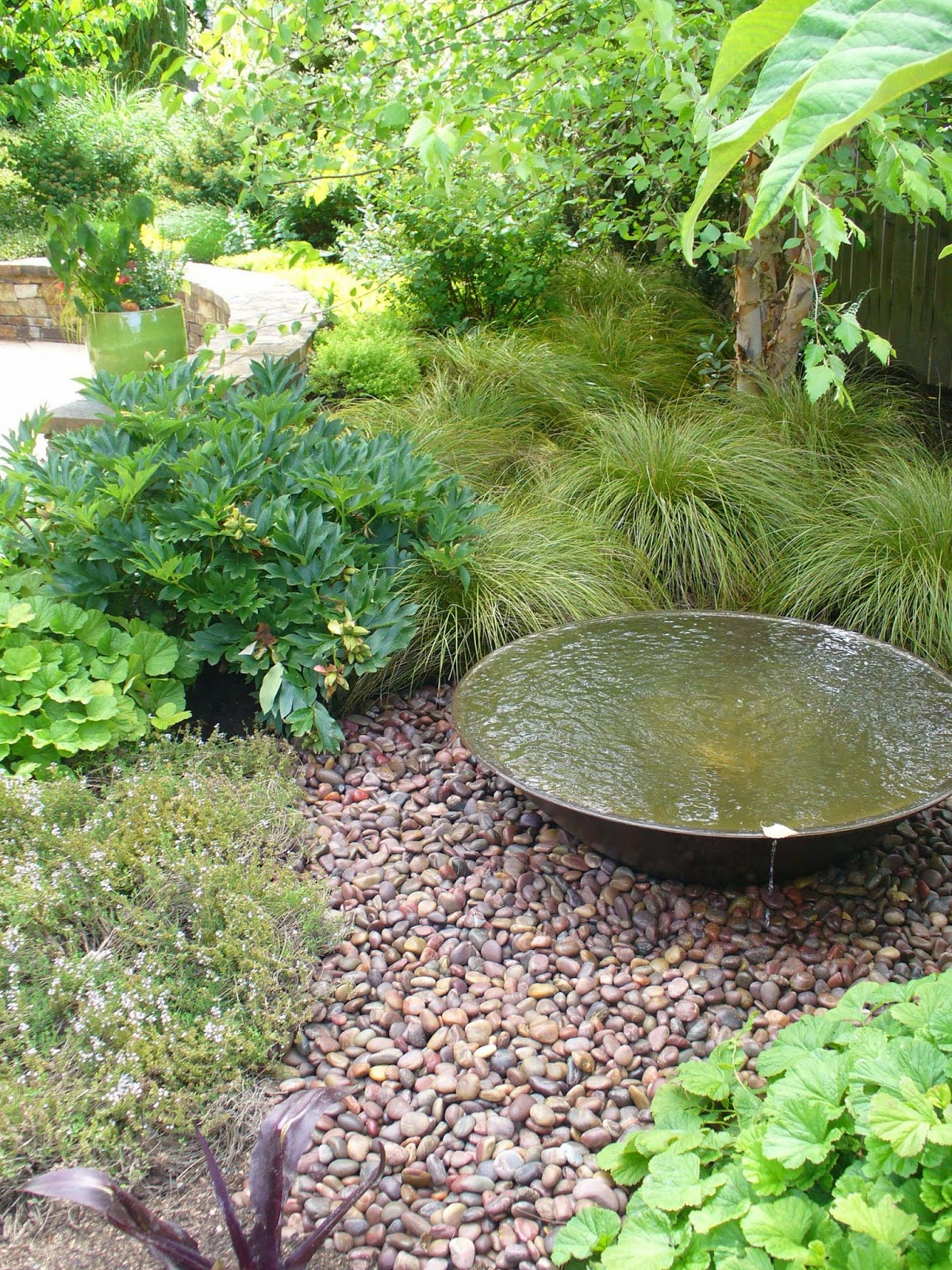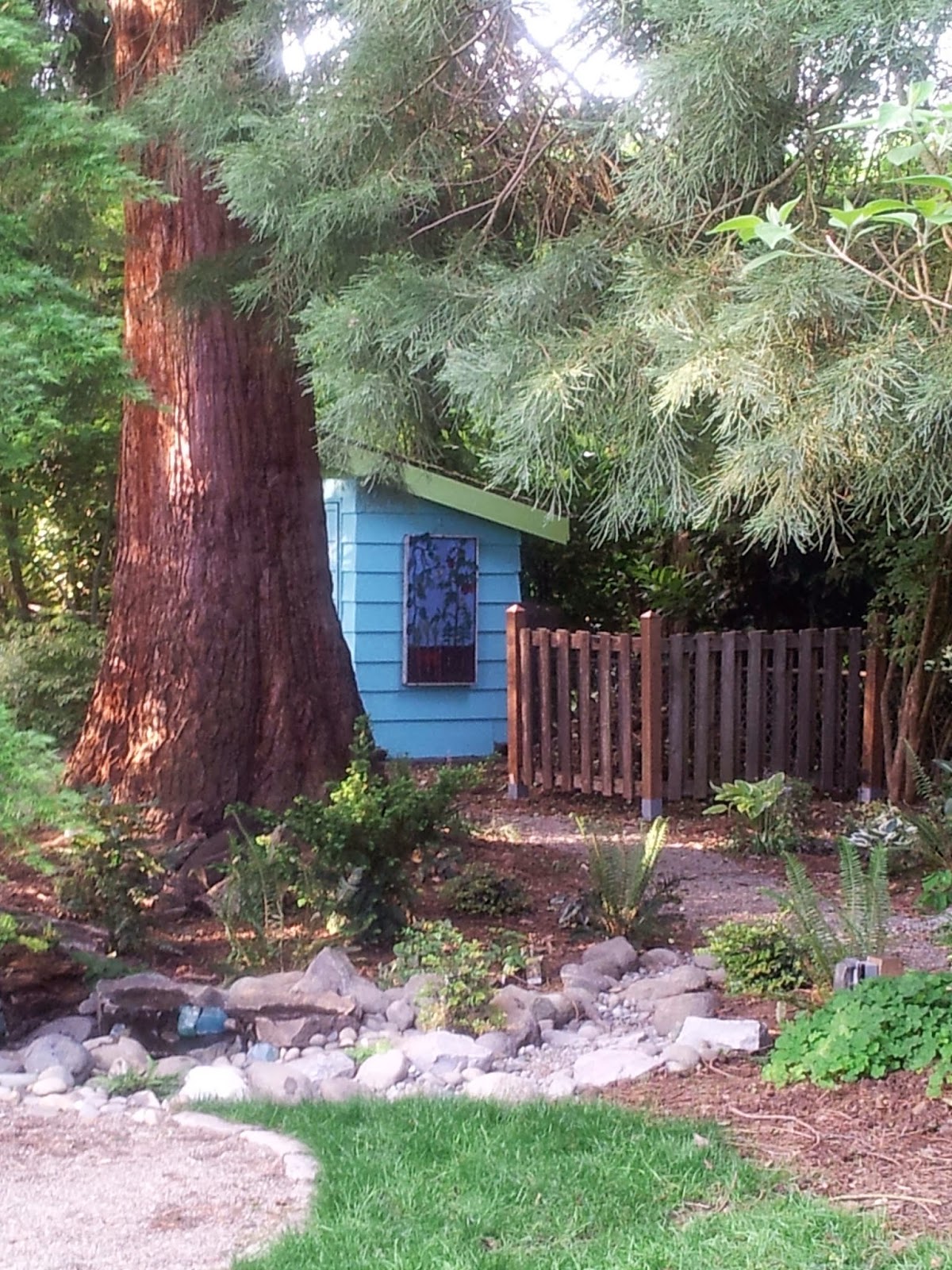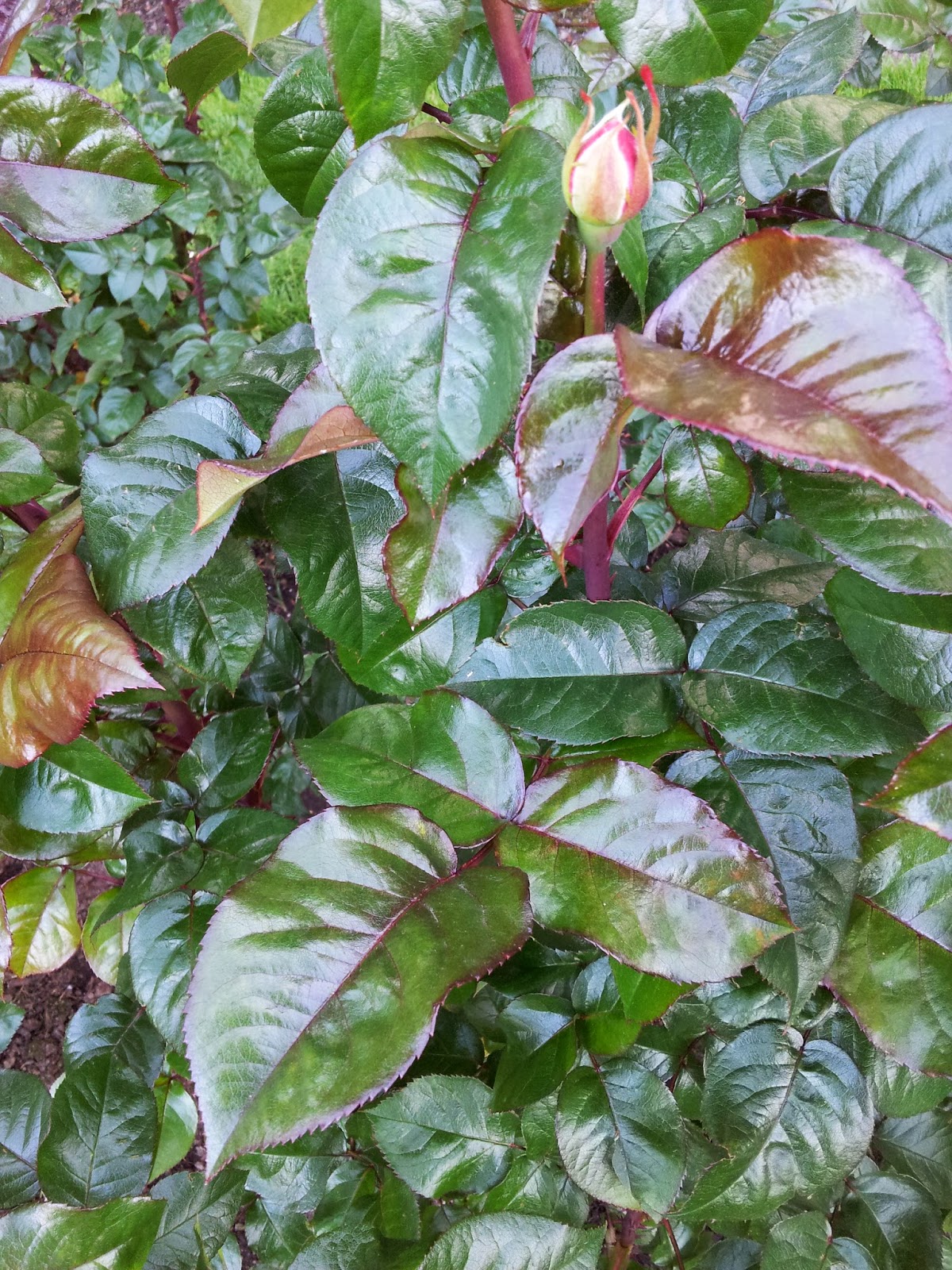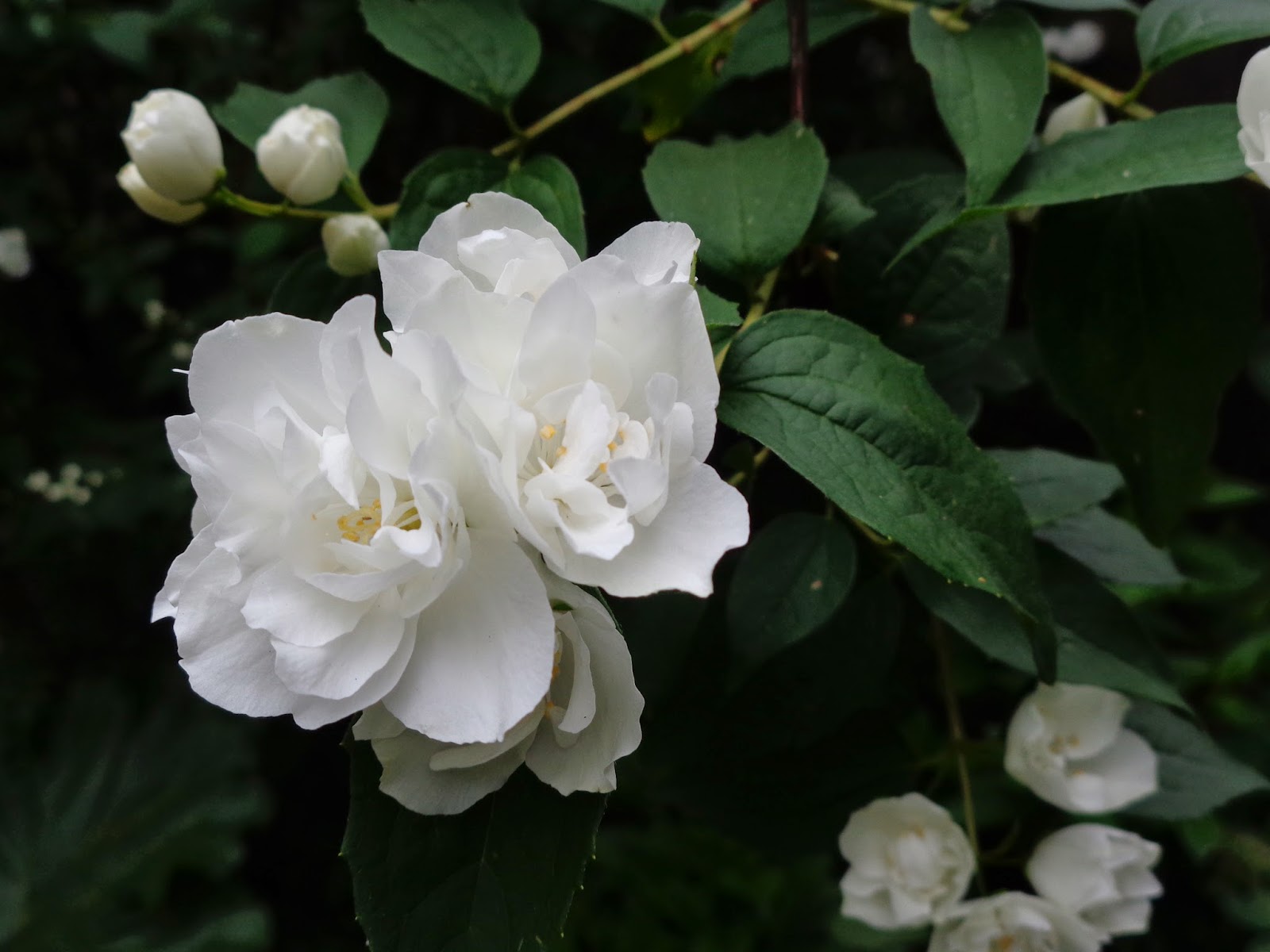Kym Pokorny
I’ve committed a sin. Actually, more than one. Many more. I was 15 the first time. My parents were in Hawaii on a rare vacation. I was not, but I wasn’t bitter. Really. My intentions were genuine when I pulled out my dad’s well-used Felcos. I’m just a teensy bit obsessive – we’re talking about a girl who vacuumed the carpet in her bedroom all in one direction – so I thought trees and shrubs should have a certain symmetry.
I set to work on the quince and pyracantha. It would have been hard to ruin them, so I was pretty safe there. Then I turned to my mother’s pet plant, a new saucer magnolia (Magnolia soulangeana). The poor thing was only a couple of years old and about the same 5’ 2” as I am. By the time I was done, it was more like 4’ 9” and missing most of the few buds that had formed.
If you want to avoid my mistakes, plan to attend a talk about “Crimes Against Horticulture” by Billy Goodnick, an author, speaker and landscape architect in California, at the Yard, Garden & Patio Show presented by Dennis’ Seven Dees Feb. 28 through March 2. His seminar, along with 39 others, are free.
To this day, I don’t know what I was thinking when I attacked mom’s magnolia. I like to think it was a sincere wish to help. I’m pretty sure mom didn’t agree. She’d planted the magnolia in a prominent place next to the path leading to the nursery, where we walked dozens of times a day. It didn’t take long before she noticed the horticultural horror I’d committed. She didn’t yell. She didn’t say a thing. But I could read her disappointment, especially when only two blooms appeared that spring.
For years, I didn’t have the opportunity to commit any more sins against nature. I went off to college and lived in apartments where I could do no damage. But my dormant talent for mayhem remained, and once I bought a house, it reared its ugly head again. Many a plant withered under my uncontrolled need to cut. With practice, I grew better, but I’m always up for a lesson. Dan Heims of Terra Nova Nurseries, who will talk about “Plants That Earn Their Keep” at the show, stopped by to take me to lunch the other day and walked through my garden. Pretty soon, he pulled out his pruners and insisted on giving me a lesson. From now on, I’ll be “looking for the X.” And I plan to learn more at the YGP Show free seminars.
I’ve committed a sin. Actually, more than one. Many more. I was 15 the first time. My parents were in Hawaii on a rare vacation. I was not, but I wasn’t bitter. Really. My intentions were genuine when I pulled out my dad’s well-used Felcos. I’m just a teensy bit obsessive – we’re talking about a girl who vacuumed the carpet in her bedroom all in one direction – so I thought trees and shrubs should have a certain symmetry.
I set to work on the quince and pyracantha. It would have been hard to ruin them, so I was pretty safe there. Then I turned to my mother’s pet plant, a new saucer magnolia (Magnolia soulangeana). The poor thing was only a couple of years old and about the same 5’ 2” as I am. By the time I was done, it was more like 4’ 9” and missing most of the few buds that had formed.
 |
| Magnolia soulangeana |
To this day, I don’t know what I was thinking when I attacked mom’s magnolia. I like to think it was a sincere wish to help. I’m pretty sure mom didn’t agree. She’d planted the magnolia in a prominent place next to the path leading to the nursery, where we walked dozens of times a day. It didn’t take long before she noticed the horticultural horror I’d committed. She didn’t yell. She didn’t say a thing. But I could read her disappointment, especially when only two blooms appeared that spring.
For years, I didn’t have the opportunity to commit any more sins against nature. I went off to college and lived in apartments where I could do no damage. But my dormant talent for mayhem remained, and once I bought a house, it reared its ugly head again. Many a plant withered under my uncontrolled need to cut. With practice, I grew better, but I’m always up for a lesson. Dan Heims of Terra Nova Nurseries, who will talk about “Plants That Earn Their Keep” at the show, stopped by to take me to lunch the other day and walked through my garden. Pretty soon, he pulled out his pruners and insisted on giving me a lesson. From now on, I’ll be “looking for the X.” And I plan to learn more at the YGP Show free seminars.

















































